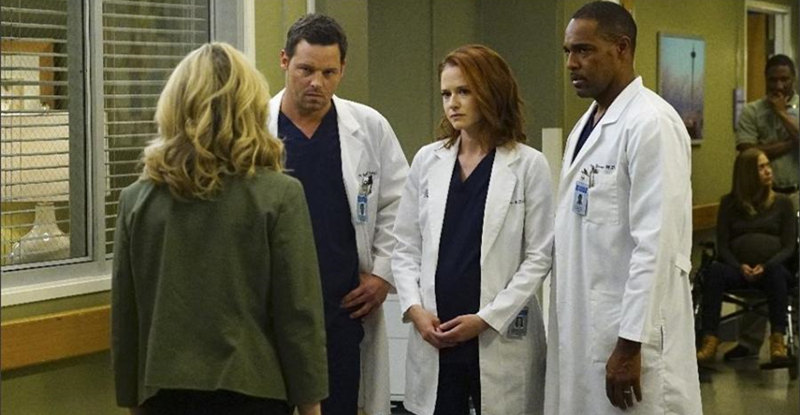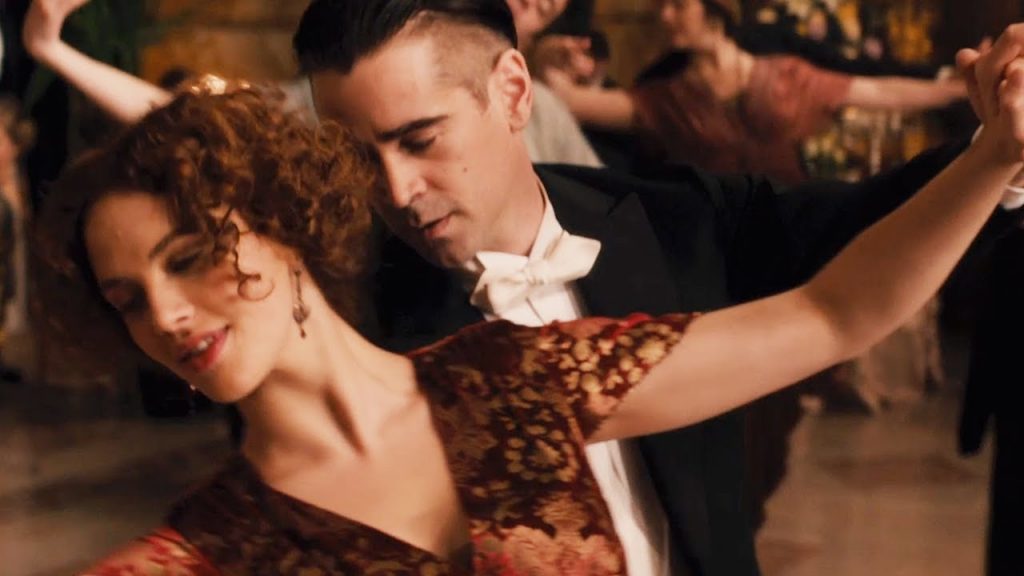“Make love? But no one’s done that for hundreds of centuries.”
“In some things, the old-fashioned ways are best, after all.”
Austin Powers, eat your heart out: 1968’s “Barbarella” was satirizing the 1960s DURING the 1960s. The trouble is, the movie is not very funny satire. In fact, if it weren’t for Jane Fonda in the title role, the film would be downright dull. OK, even with Jane Fonda, the film is downright dull. Nor is the Blu-ray production any great shakes. Because of the original source material, Paramount’s picture quality is only intermittently excellent, and the lossless sound remains mediocre at best. Ah, but there’s Ms. Fonda, and we can hardly forget her since she’s in every scene.
Fonda stars as Jean Claude Forest’s best-selling, futuristic comic-book heroine Barbarella, a part that in retrospect must have given the liberal, feminist actress some troubling moments. Barbarella is blatantly sexual yet teasingly innocent, played to perfection by the ravishingly beautiful Ms. Fonda. Her opening scene says it all: A weightless striptease in the cabin of her spaceship. Interestingly, the film gets a PG rating despite Fonda and other women being naked, or practically so, in every-other scene (Fonda herself is completely nude for the first ten minutes or so of the film). Maybe it’s a matter of the Sixties being more liberal than the 2000’s; today, I’m sure the film would get at least a PG-13 rating.
Anyway, director Roger Vadim (“…And God Created Woman,” “The Night Heaven Fell,” “Pretty Maids All in a Row”), Fonda’s former husband, plays it teasingly coy with the nudity, hiding the more private parts behind strategically placed obstacles, another gimmick employed to comic effect in the Austin Powers films. Still, there’s enough flesh on hand to satisfy most male-chauvinist pigs, and that’s what the film seems most intent on doing.
The plot, what little there is of it, seems of little interest. The time is the distant future, and an intergalactic peacekeeping agency employs Barbarella as a secret agent. Here, her mission is to find a fellow named Durand-Durand (Milo O’Shea), a scientist who has invented a deadly positronic ray and taken it to the planet Lythion. Trivia buffs will note that the band Duran Duran a decade later took their name from the character). Durand-Durand is also proficient on the electronic organ, able to arouse a woman to death, literally, with his playing. This stuff is silly just talking about it.
Barbarella meets a few other people along the way, like Ugo Tognazzi, for instance, as Mark Hand, who teaches her how to make love the old-fashioned way (which Barbarella rather enjoys). John Phillip Law plays the blind angel Pygar, who has lost his will to fly but not to make love; Marcel Marceau plays Professor Ping, a scientist working for the cause of good; Anita Pallenberg plays the Great Tyrant, the lesbian queen of the planet; and David Hemmings, does a remarkably effective comic turn as a bumbling revolutionary named Dildano. I’m sure you can make something of all the names if you use your imagination.
In any case, the movie has no real story line so much as it displays a series of set pieces from a Las Vegas revue. It is a satire of the love and peace movement of the Sixties, plus a parody of the Bond-type adventures of the era. To these ends, the colors are gaudy and the special effects hopelessly corny. Everything looks as though it belongs in a Flash Gordon serial of the Thirties. Barbarella’s shocking-pink spacecraft looks on the outside like a plastic, blowup beach toy and on the inside like something from Hefner’s “Playboy” mansion. Barbarella gets attacked at one point by man-eating children’s dolls and at another point by vicious parakeets. And she pronounces a universal greeting of “Love” while holding onto an armful of weaponry. The film means everything to be high camp, of course, and in that regard it succeeds. The film is both corny and campy.
Video:
Paramount technicians have done everything they could to restore, remaster, and transfer the film to Blu-ray disc using a dual-layer BD50 and an MPEG-4/AVC codec, but a light grain and some small, obvious roughness betray the film’s 1968 origins. Still, the picture quality is good–bright and well defined throughout most of the movie–its intentionally showy yet beautifully rendered colors not particularly realistic but easy on the eye in any case. When the picture is good, it is very, very good, and when it’s not, it’s still OK. The movie’s original widescreen Panavision dimensions measure a 2.35:1 ratio.
Audio:
The lossless Dolby TrueHD 1.0 monaural sound is nothing special. It is smooth and clean and conveys dialogue clearly enough, which is the main thing. There’s not much, though, in the way of frequency extremes, dynamic range, impact, transient response, transparency, or, of course, surround activity.
Extras:
There is very little in the way of extras on the disc beyond a high-definition, widescreen theatrical trailer. We do, however, get nineteen scene selections; bookmarks; English, French, and Spanish spoken languages; English, French, Spanish, and Portuguese subtitles; and English captions for the hearing impaired. And the disc comes housed in a solid Blu-ray case, not a cutout Eco-case, the case further enclosed in a fancy, embossed slipcover with a front page that opens up.
Parting Shots:
“Barbarella,” subtitled “Queen of the Galaxy,” would be of little interest to anyone were it not for the presence of its star. Without Jane Fonda, there isn’t much to talk about. Yet with her, the film is enjoyable to watch, not only because she is so appealing to look at but because she has such a flair and talent for the role. The film has become something of a camp classic these days, which is why, I suppose, Paramount decided to give it the high-def Blu-ray treatment.


